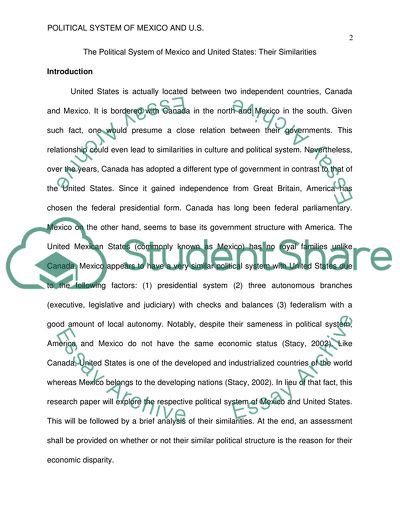Cite this document
(“The Political System of Mexico and United States Research Paper - 1”, n.d.)
The Political System of Mexico and United States Research Paper - 1. Retrieved from https://studentshare.org/politics/1748087-mexican-politics-and-culture
The Political System of Mexico and United States Research Paper - 1. Retrieved from https://studentshare.org/politics/1748087-mexican-politics-and-culture
(The Political System of Mexico and United States Research Paper - 1)
The Political System of Mexico and United States Research Paper - 1. https://studentshare.org/politics/1748087-mexican-politics-and-culture.
The Political System of Mexico and United States Research Paper - 1. https://studentshare.org/politics/1748087-mexican-politics-and-culture.
“The Political System of Mexico and United States Research Paper - 1”, n.d. https://studentshare.org/politics/1748087-mexican-politics-and-culture.


